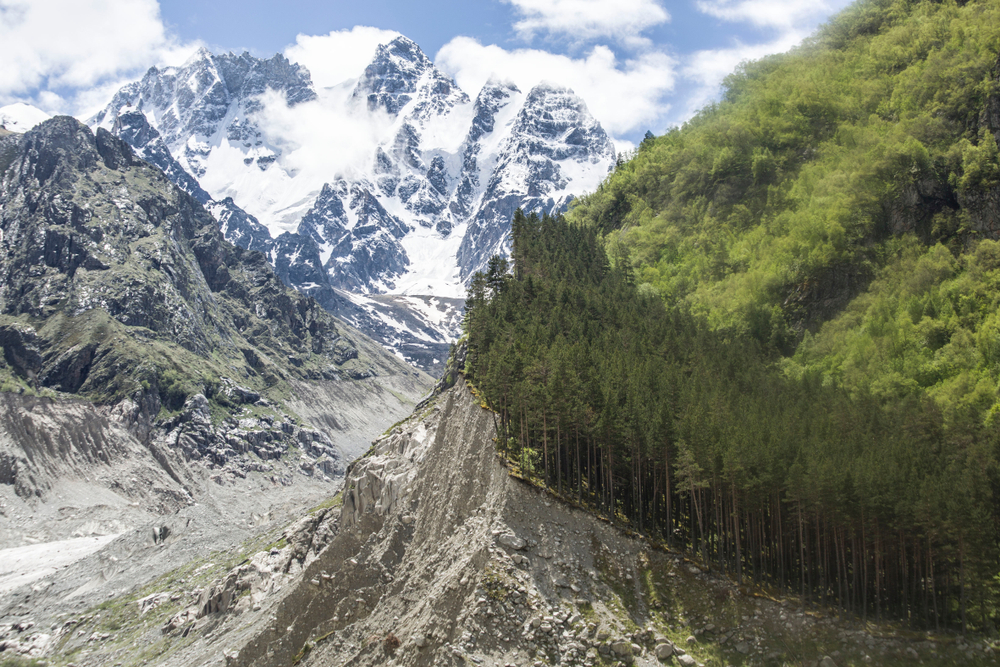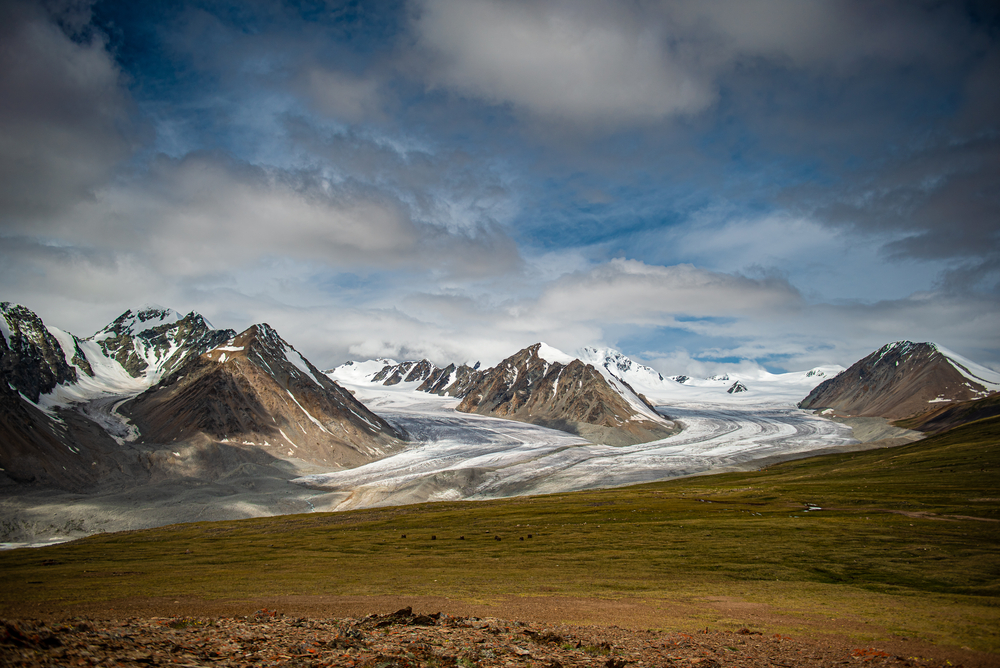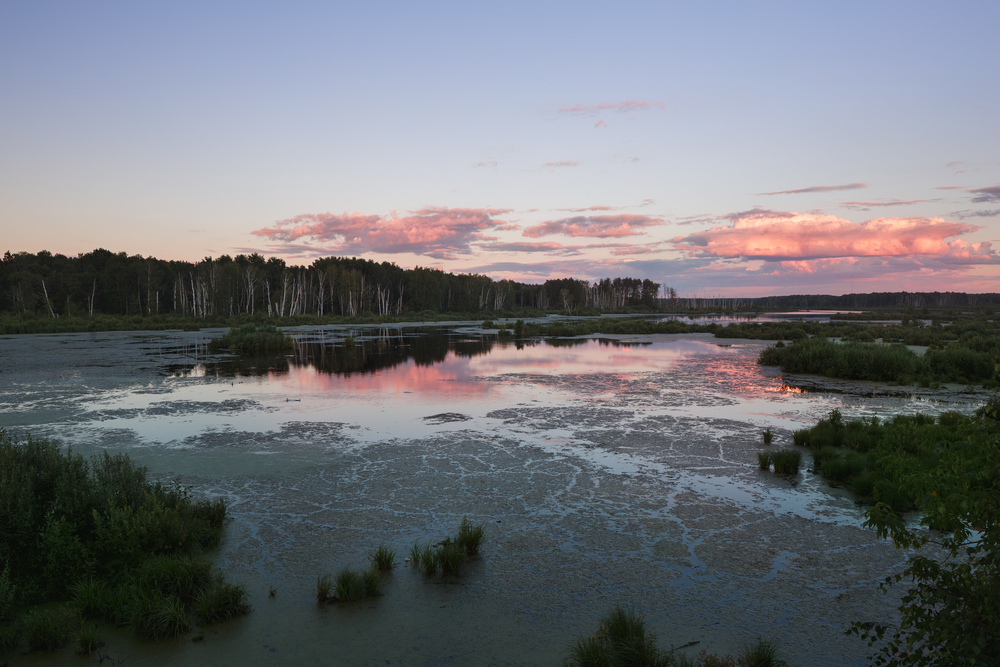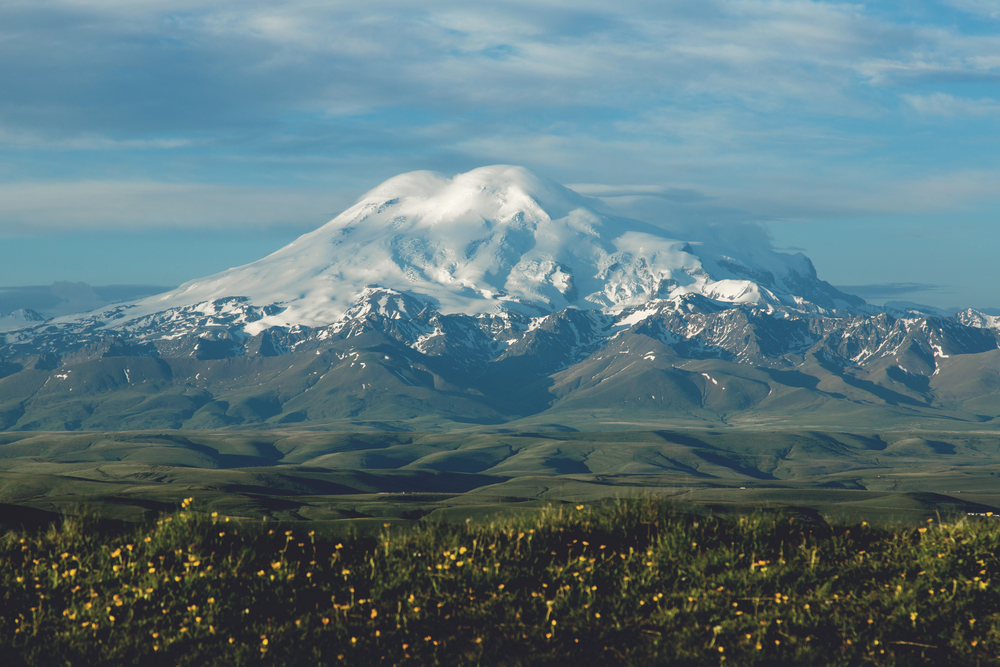Alaniya Overview
Alaniya National Park, located in the Republic of North Ossetia-Alania, Russia, spans approximately 490 square miles (1,270 square kilometers) within the scenic Caucasus Mountains.
This protected area is renowned for its dramatic alpine landscapes, lush valleys, and deep gorges, with elevations ranging from 1,300 to over 4,000 meters above sea level. Towering peaks, such as Mount Uilpata, define the park’s rugged terrain, while the Karaugom Glacier and waterfalls like the Zeygalan cascade add to its striking beauty.
The park’s forests, consisting of beech, oak, and pine, gradually transition to subalpine meadows blanketed with colorful wildflowers in the summer months, creating a rich tapestry of vegetation.
Alaniya National Park is home to diverse wildlife, including the elusive Caucasian leopard, a rare sighting in the region. More commonly spotted are the East Caucasian tur, a wild goat adapted to the steep cliffs, and the chamois, another nimble mountain dweller.
Brown bears, wolves, and lynxes roam the dense woodlands, while golden eagles and bearded vultures soar above the high peaks. The park’s rivers and streams support amphibians and fish species, further enriching its biodiversity. Birdwatchers often visit to glimpse species such as the Caucasian black grouse and the wallcreeper, which cling to the rocky cliffs.
Visitors are drawn to Alaniya National Park for its pristine wilderness and outdoor adventure opportunities. Popular activities include trekking along ancient mountain trails that lead to remote villages and archaeological sites, showcasing remnants of medieval towers and fortifications.
Mountaineers seek out challenging ascents, particularly to the glaciated peaks, while photographers capture the breathtaking vistas. In the winter months, the park offers opportunities for backcountry skiing and snowshoeing, attracting those looking for an off-the-beaten-path alpine experience. Camping is a favored way to immerse in the park’s natural splendor, with designated areas providing a base for multi-day explorations.
The park plays a crucial role in conservation efforts, protecting unique ecosystems and species that are increasingly threatened by habitat loss and climate change. Strict regulations on hunting and human impact have helped maintain stable populations of key wildlife species.
However, challenges remain, including the need for sustainable tourism management and the mitigation of environmental pressures from nearby development. Conservation programs, including local community involvement and scientific research, have contributed to the preservation of this pristine landscape.
Alaniya National Park remains a hidden gem in Russia’s vast protected areas, offering a secluded and awe-inspiring escape into the heart of the Caucasus Mountains. Its untouched beauty, diverse wildlife, and cultural history make it a significant destination for nature lovers and adventurers alike.













































































